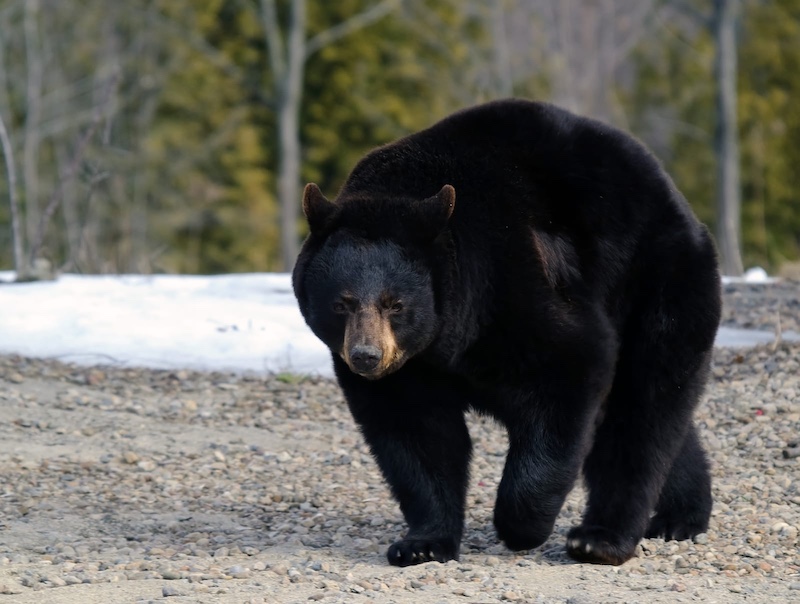Spotting a bear in your yard can be both awe-inspiring and alarming. As bear populations grow and human developments expand into their natural habitats, encounters like these are becoming more common. While most bears aren’t aggressive and prefer to avoid humans, it’s important to know how to respond safely and responsibly.
Stay Calm and Keep Your Distance
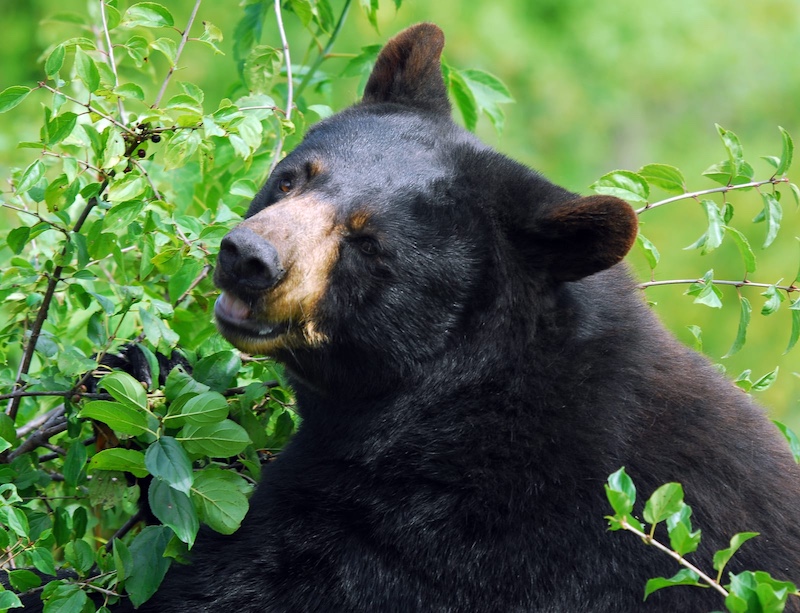
First and foremost, remain calm. Don’t panic or try to confront the bear. Most bears are not looking for trouble and are likely just passing through or searching for food. Stay inside your home or retreat indoors immediately if you’re outside. Observe the bear from a safe distance through a window or door. Avoid making sudden movements or loud noises that could startle the animal.
Do Not Feed the Bear
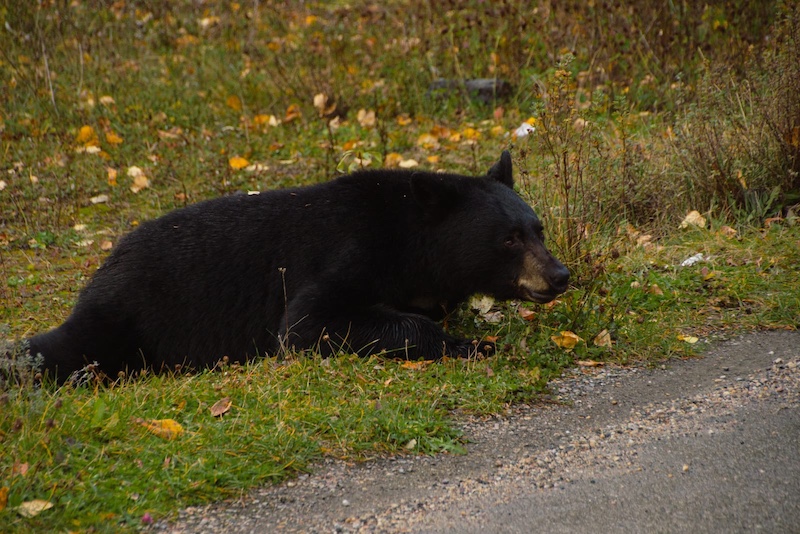
Never attempt to feed a bear or leave food out, intentionally or unintentionally. Bears have an extremely keen sense of smell and are attracted to a wide variety of food sources—garbage, pet food, compost, bird seed, and even grease left on a barbecue grill. Feeding a bear, even accidentally, can cause it to associate humans with food, which can lead to dangerous behavior and may result in the bear being relocated or euthanized.
Secure Attractants
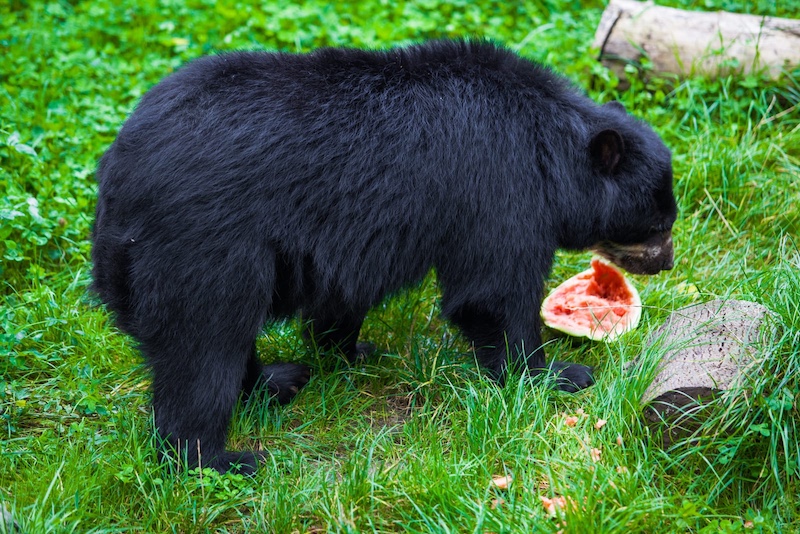
If a bear has visited your yard, it likely smells something that drew it in. Take steps to eliminate or secure potential attractants to prevent future visits:
- Bring in bird feeders, especially during active bear seasons (spring through fall).
- Store garbage in bear-proof containers or keep it in a secure location until pickup day.
- Feed pets indoors or bring their dishes in after they eat.
- Clean barbecue grills thoroughly after use and store them in a garage if possible.
Alert Your Neighbors
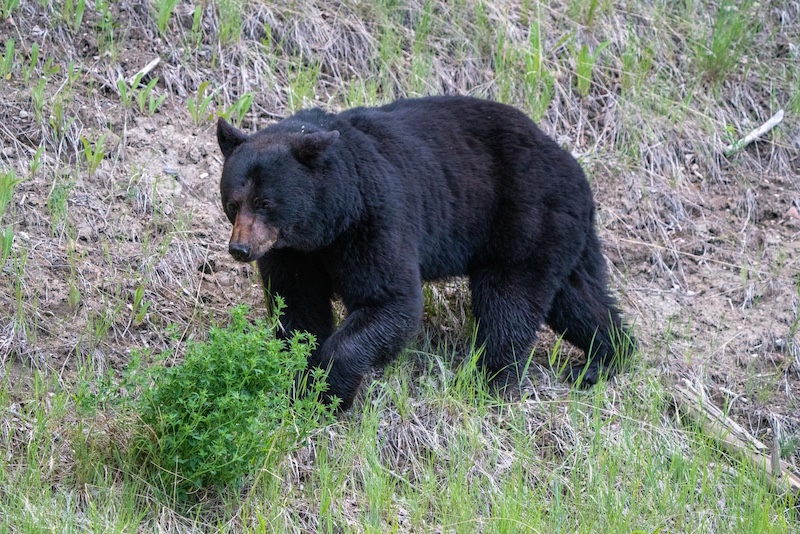
If you’ve had a bear sighting, it’s a good idea to notify your neighbors so they can take precautions too. A well-informed community is better equipped to handle wildlife sightings safely. You can also report the sighting to your local wildlife agency so they can monitor bear activity in the area.
Avoid Direct Confrontation
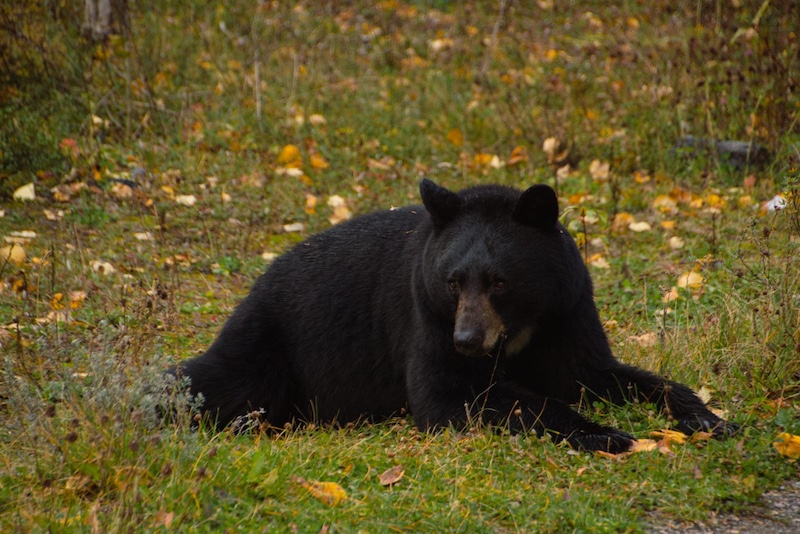
If the bear doesn’t leave your yard on its own, you can try to encourage it to move along by making yourself known—from a safe place inside your home. Loud noises like banging pots, blowing a whistle, or shouting through a closed window may help. Never approach the bear or try to scare it away if you’re outside or don’t have a barrier between you and the animal.
Know When to Call Authorities

If the bear is acting aggressively, appears injured, or won’t leave after a period of time, contact local wildlife authorities or non-emergency law enforcement. They are trained to handle these situations and can intervene if needed.
Encounters with bears don’t have to end badly. By staying calm, keeping your distance, and securing your property, you can help ensure both your safety and the bear’s well-being.
- Please Note: This content was created with the assistance of AI and thoroughly edited by a human before publishing.

